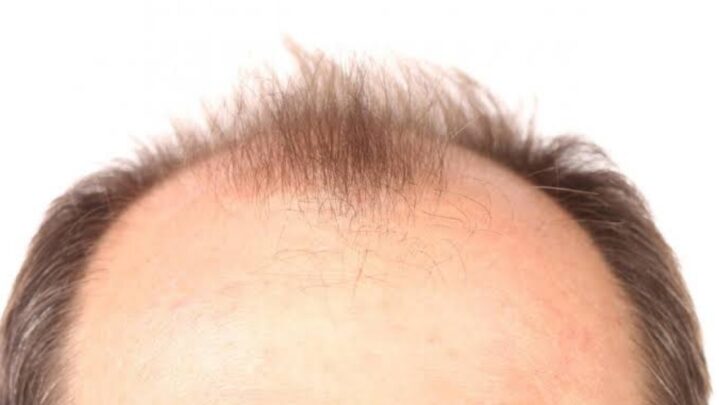DHT (Di-Hydro Testosterone):
DHT is a type of androgen hormone, which is a male sex hormone that controls male sex traits. DHT is created as a result of a catalytic interaction between Testosterone and 5-alpha reductase. As a result, it exhibits the most unique case of male hair loss in the form of full or partial baldness. Hair follicle androgen receptors respond to DHT, causing hair follicles to shrink and miniaturize, resulting in baldness. Women have the Androgen hormone as well, but their DHT production is less severe, which is why women are less prone to present with full baldness.
Males are more likely to be bald:
With the exception of the back and sides, hair loss in men typically occurs in the top, front, and crown areas due to androgen-sensitive areas. The hair loss in these areas is conclusive evidence of baldness, and the back and sides of the scalp region retain DHT-resistant hair roots that never fall out, but women’s hair thinning is distributed throughout the scalp. It denotes that male baldness is distinct from female baldness due to the DHT-factor (by-product), whereas females exhibit considerable hair loss rather than absent hair.
Hair Loss Caused by Hormones:
Hair loss due to the effect of hormones is a more common issue, and some men produce more hormones than others, and some men have more Androgen receptors than others. Hair loss, on the other hand, is caused by the activation of Androgen receptors present in hair follicles, resulting in reduced hair and a different stage of baldness. Hair loss affects both men and women, however, because of the function of Testosterone in the condition, it is more common in men. Men started experiencing hair loss symptoms in their teens and early twenties, whereas women have significant hair loss after menopause.
Also Read: Why Does Baldness Majorly Affect Men? Read





